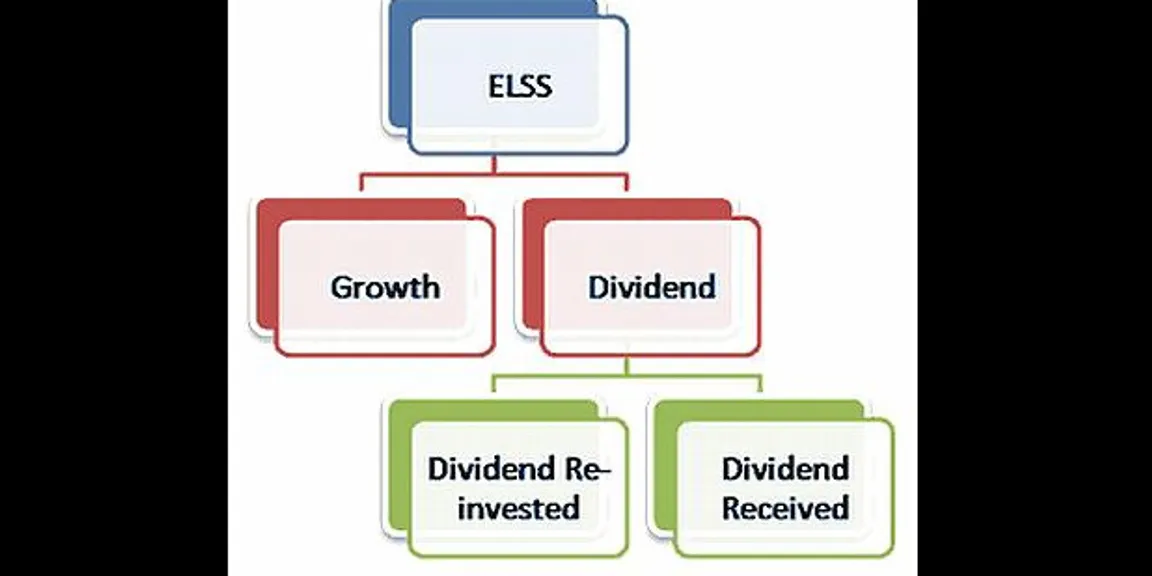

Looking for tax saving investments? ELSS mutual funds is the one to go for
Life does not remain the same throughout as it changes very rapidly along the time. In a similar vein, the cost of buying a product also undergoes a change from time to time. For Example-1 Kg of milk was about ₹15-20 at the start of 21st Century.
Now, you would have to bring out a sum of ₹55-60 to buy the same. If the inflation trend continues to be like this, you would start to bother if you are devoid of a big sum to deal with the situation. Yes, it’s the investment you need to do to counter the adverse effects of inflation. And what better messiah than a tax-saving product, ELSS mutual funds, which come with a lower lock-in period of 3 years and a higher return potential compared to other tax-savers.
How Do ELSS Mutual Funds Save Taxes?
Equity Linked Savings Scheme (ELSS) is an open-ended equity mutual fund offering the benefits of tax saving as well as capital appreciation. The investment in ELSS qualifies for tax exemption under section 80C of the Income Tax Act, 1961. The total tax deduction allowed under ELSS is a maximum of ₹1.5 lakh in a financial year. However, the deduction is given for the amount of investment made in a year. The tax exemption is also allowed on the dividends an investor receives, as well as long-term capital gain which is realized by selling the units of the fund after a year of purchase.
So, if you invested about ₹1.2 lakh in a financial year, the same amount will get deducted from the total annual gross income. Suppose the gross income is ₹6 lakhs a year. From ₹6 lakhs, a deduction of ₹1.2 lakh will be made to arrive at a figure of ₹4.8 lakhs. Now the tax will be applicable on ₹4.8 lakhs and not ₹6 lakhs. In this way, the overall tax liability of an investor reduces.
Why is ELSS Favourite Among Investors?
Since ELSS invests predominantly in equity instruments, the chances of it generating a handsome return are much higher compared to other tax-savers like bank fixed deposit, public provident fund (PPF), etc. The returns can so easily go into the double digit with the said mutual fund type. Also, ELSS has a shorter lock-in period of 3 years, whereas its competing products have a longer 5-15 years of lock-in period. This does attract investors towards ELSS in a big way. However, the risk element here is prominent because of the money being invested in equities which are a high-risk, high-return proposition. And due to this, it may not suit the conservative class of investors. The investors, who are willing to take a risk and have the stomach for long-term investment, are a welcome at the house of ELSS. When you talk about long-term, it has to be 10-15 years to get the optimum result.
How to Invest in ELSS Mutual Funds?
Either you can opt for a lump sum investment or start a Systematic Investment Plan (SIP) to invest in mutual funds. SIP is undoubtedly going to be an easy option for many to avail considering the economy at which you can invest through the same. Yes, the amount of investment can be as low as ₹500 on a monthly basis. An investor has the option to choose any of the pre-determined intervals of investment, which can be monthly, quarterly, half-yearly or annually.
The periodic mode of investment, if done for a long period of time, can offset the short-term risk with a long-term gain. How does SIP manage to achieve that? It’s because of the rupee-averaging cost and the power of compounding that SIP has to help the investors. The former reduces the average cost of investment by buying more units in the falling price scenario and fewer units the other way round. With the power of compounding, SIP enables investors to earn interest not only on the principal investment amount but also the interest accrued and thereby enhance the value of investments considerably over time. But for the compounding factor to work in full motion, it is necessary you invest for long, say 10-15 years.
For Instance-A monthly SIP of ₹5,000 can yield a value of around ₹11-12 lakhs in a period of 10 years, assuming an annual return of 12%.
So, it has been a good session learning the power of ELSS mutual funds to deal with the inflation that may be in a vicious shape years down the line. By investing in ELSS for a long time, you can be in the safe zone.
Disclaimer - Mutual Funds are subject to market risks. Please read the scheme related documents carefully before investing.





